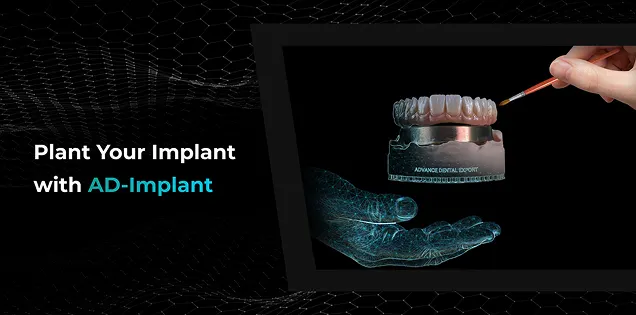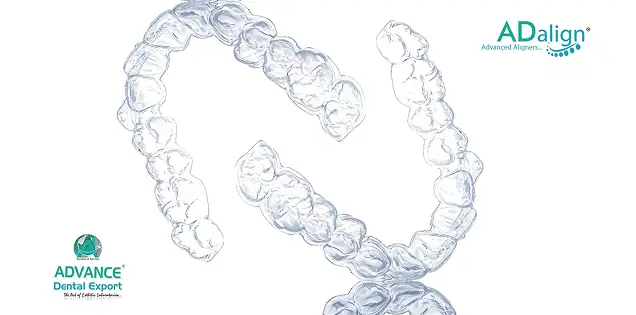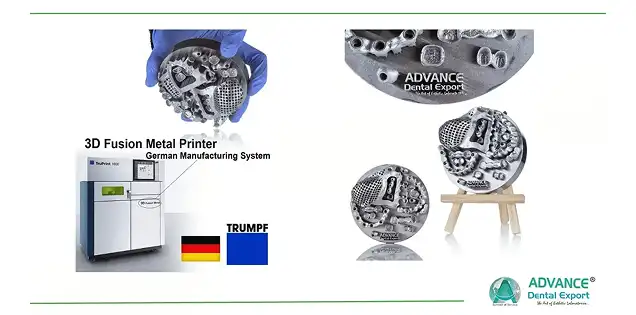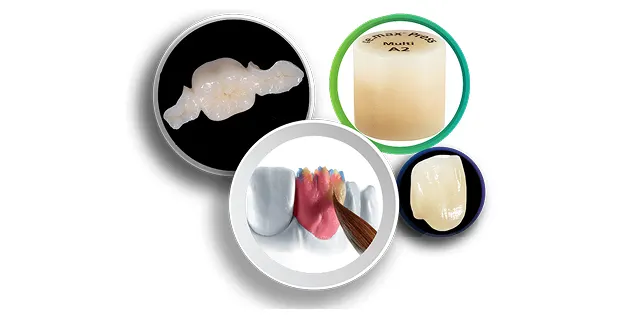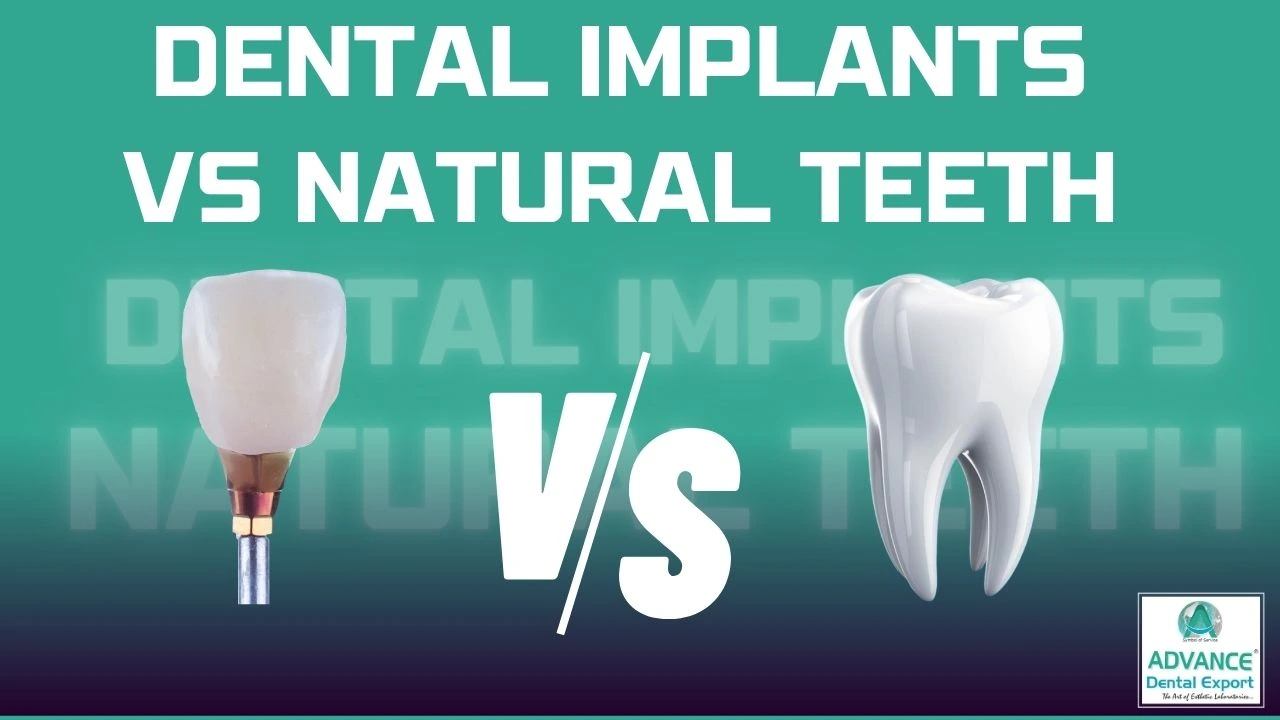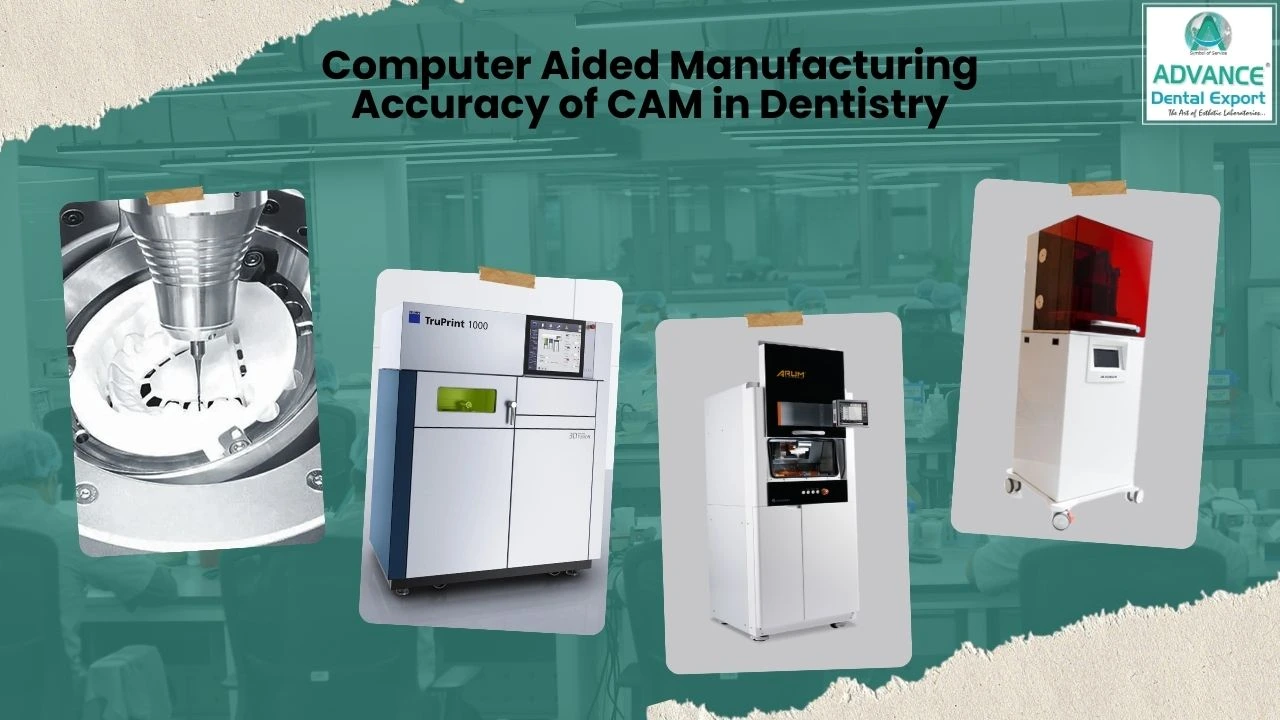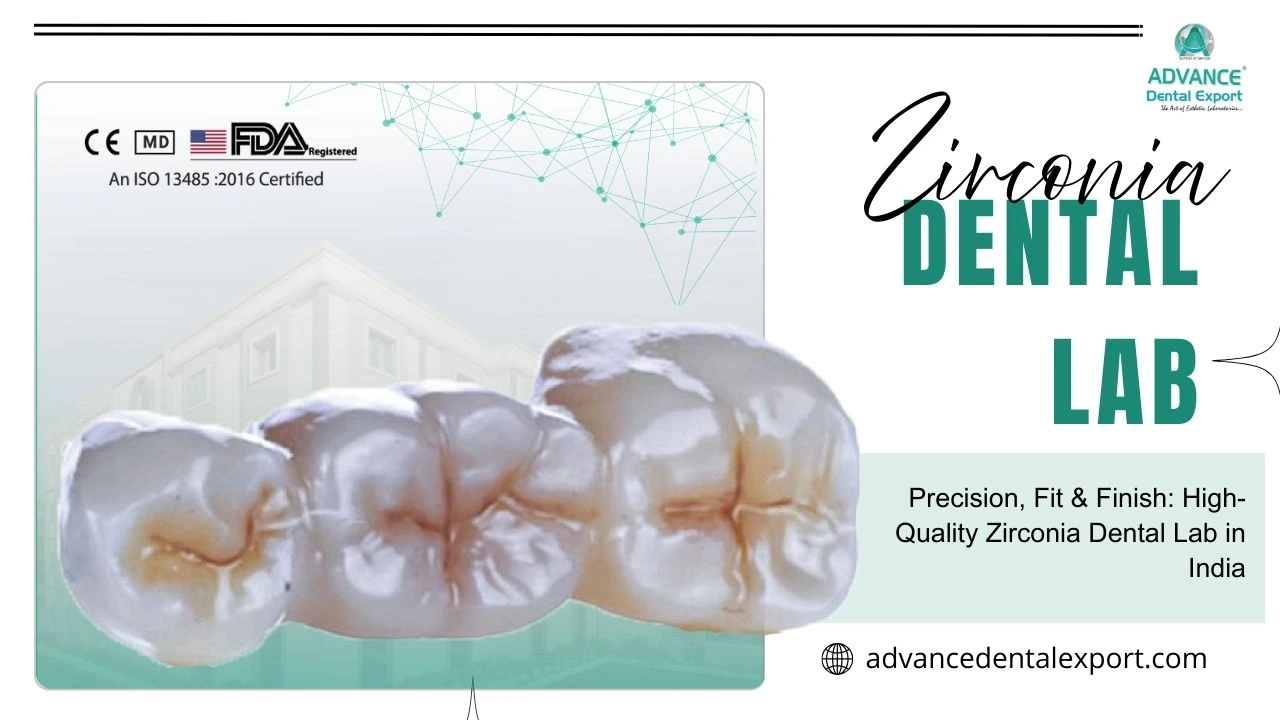Are you grappling with the decision of whether to transform from traditional to digital dentistry for your practice? The allure of cutting-edge technology promises enhanced efficiency and patient satisfaction, but the substantial initial investment can be daunting. In 2025, digital dentistry is no longer a futuristic concept; it's a transformative force reshaping dental practices worldwide. From intraoral scanners to AI-driven diagnostics, the evolution of digital tools is revolutionizing patient care and operational workflows.
But the critical question remains: Is the investment in digital dentistry truly worth it for your practice? This comprehensive guide will delve into the costs, benefits, and return on investment associated with digital dentistry, providing you with the insights needed to make an informed decision.
Initial Investment: Costs of Digital Dentistry Implementation
Embarking on the journey of digital transformation in dentistry is akin to setting sail into uncharted waters. The promise of enhanced efficiency and patient satisfaction is enticing, but the initial investment can be a significant hurdle. Let's break down the primary cost components to provide a clearer picture.
Equipment Costs
Intraoral Scanners: These devices, essential for capturing detailed 3D images of patients' teeth, typically range from $20,000 to $50,000. It's important to note that some models may require additional investments in compatible hardware or software subscriptions.
CAD/CAM Dentistry : Computer-Aided Design and Manufacturing systems are pivotal for designing and fabricating dental restorations. The investment for these systems often starts at $100,000 or more, depending on the features and capabilities.
3D Printers: Utilized for creating dental models, surgical guides, and even prosthetics, dental 3D printers can cost between $5,000 and $50,000, based on the technology and precision required.
Software and Licensing
Beyond hardware, software is the backbone of digital dentistry . Licensing fees for digital practice management software, design software for CAD/CAM systems, and other specialized applications can range from a few hundred to several thousand dollars annually.
Training and Implementation
Adopting new technology necessitates comprehensive training for the dental team. While some training programs are included with equipment purchases, others may incur additional costs. Investing in quality training ensures that the team can effectively utilize the new tools, maximizing the return on investment.
Maintenance and Repairs
Like any sophisticated equipment, digital dentistry tools require regular maintenance to function optimally. Maintenance contracts and potential repair costs should be factored into the overall investment, as they can impact the long-term cost-effectiveness of the technology.
Explore Our Restorations
Total Cost of Ownership
The total cost of ownership (TCO) for digital dental equipment includes not only the initial purchase price but also ongoing maintenance, software updates, and training costs. It's crucial to consider these factors to understand the full financial commitment involved in adopting digital dentistry. Some studies suggest that the TCO can be several times higher than the initial purchase price, emphasizing the importance of comprehensive financial planning.
Pro Tip: When budgeting for digital dentistry, consider not only the upfront costs but also the ongoing expenses associated with software updates, training, and maintenance. A comprehensive financial plan will provide a more accurate picture of the investment required.
Understanding these costs is crucial for dental practices considering the shift to digital workflows. While the initial investment is substantial, the potential benefits in efficiency, patient satisfaction, and long-term savings can make it a worthwhile endeavor.
ROI of Digital Dentistry Investment
Investing in digital dentistry isn't just about upgrading equipment; it's about enhancing the overall efficiency and profitability of your practice. While the initial costs can be substantial, the return on investment (ROI) manifests in various tangible and intangible benefits that contribute to the long-term success of your dental practice.
Time Efficiency
One of the most immediate advantages of digital dentistry is the significant reduction in procedure times. For instance, traditional impressions can take 10–15 minutes per patient, whereas digital oral scans typically require just 2–3 minutes. This efficiency allows dental professionals to see more patients daily, thereby increasing revenue potential. Moreover, digital workflows streamline processes, reducing the time spent on administrative tasks and enabling staff to focus more on patient care.
Cost Savings
Digital dentistry leads to substantial cost savings over time. By bringing procedures in-house, practices can reduce reliance on external labs, leading to savings on lab fees. Additionally, digital tools eliminate the need for physical impression materials, reducing material costs. The accuracy of digital impressions also minimizes the likelihood of remakes, further saving on time and resources.
Workflow Optimization
Digital tools streamline dental workflows, reducing the time needed for various tasks. Digital impressions, for example, can be captured more quickly than traditional ones, allowing for faster turnaround times in the lab and potentially fewer patient visits. This optimization leads to smoother operations and less time spent on manual tasks, allowing staff to focus on delivering quality patient care.
Enhanced Patient Experience
Patients benefit from faster treatments and fewer appointments. The convenience of same-day restorations and reduced wait times enhances patient satisfaction, leading to higher retention rates and positive referrals. Moreover, digital tools improve communication and education within dental practices by facilitating clearer demonstrations of treatment options to patients through digital imaging and planning tools.
Verdict: Is Digital Dentistry Worth It for Your Practice?
As we've explored, the initial investment in digital dentistry encompasses equipment costs, training, and implementation. However, the pivotal question remains: does this investment yield a substantial return for your practice? Let's delve into the factors that determine the worth of digital dentistry for your specific situation.
Looking for a trusted lab partner? Get high-precision restorations from Advance Dental Export
Practice Size and Patient Volume
The size of your practice and the volume of patients you serve play a significant role in assessing the ROI of digital dentistry. Larger practices with higher patient turnover often experience a quicker return on investment due to increased utilization of digital tools. Conversely, smaller practices may need to evaluate whether the volume justifies the expense. It's essential to align the scale of your practice with the capabilities of digital technologies to ensure optimal utilization and financial viability.
Service Offerings
The range of services your practice provides also influences the benefits of digital dentistry. Practices offering complex procedures such as implants, orthodontics, or cosmetic dentistry can leverage digital tools for enhanced precision and efficiency. For example, intraoral scanners and CAD/CAM systems facilitate the design and fabrication of restorations, improving treatment outcomes and patient satisfaction. Incorporating digital technologies into these services can lead to streamlined workflows and reduced turnaround times, ultimately enhancing the overall patient experience.
Financial Considerations
Assessing your practice's financial health is crucial before committing to digital dentistry investments. While financing options are available, it's important to ensure that the anticipated return justifies the expenditure. Consider factors such as projected cost savings, increased patient throughput, and enhanced service offerings when evaluating the financial feasibility of digital dentistry. A comprehensive financial analysis can help determine whether the investment aligns with your practice's goals and capabilities.
Competitive Advantage
In the evolving dental industry, staying ahead technologically can provide a competitive edge. Adopting digital dentistry positions your practice as modern and patient-centric, attracting tech-savvy patients seeking advanced care options. Moreover, digital tools can improve operational efficiency, allowing your practice to handle more cases without compromising quality. This enhanced capacity can lead to increased revenue and a stronger market presence.
Conclusion
So, the initial costs of modern dental technology can be significant, but the long-term benefits of digital dentistry often outweigh these expenses. By enhancing efficiency, reducing errors, and improving patient satisfaction, digital tools can lead to substantial cost savings and increased revenue. Investing in digital dentistry is not just about keeping up with technology—it's about positioning your practice for sustained growth and success.

